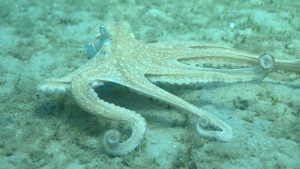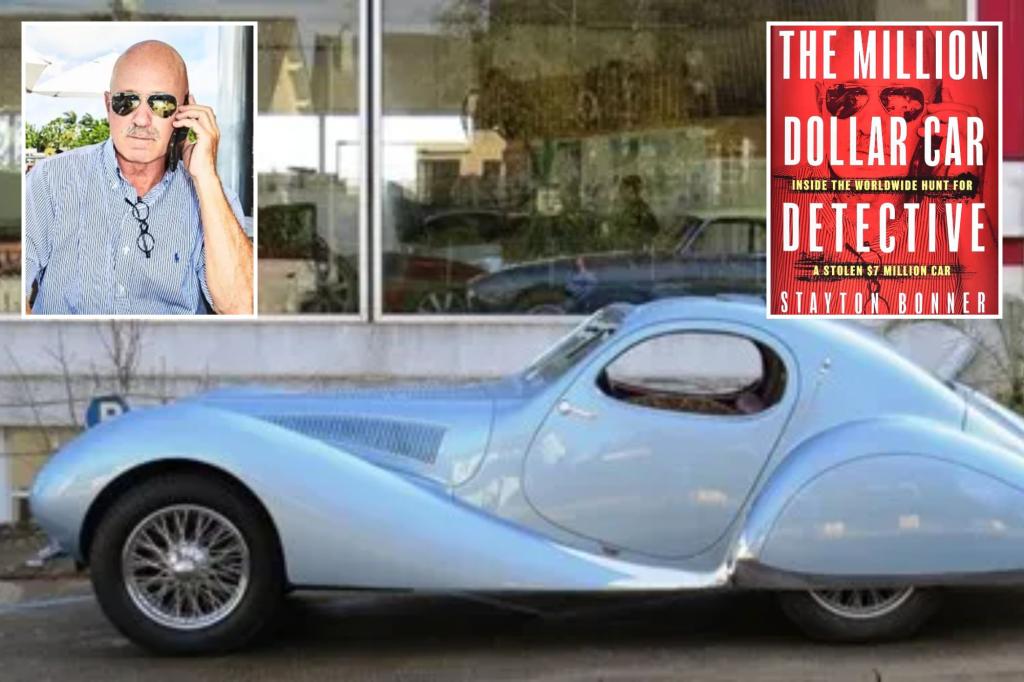The Hunt for the Stolen Masterpiece on Wheels
Joe Ford’s journey into the rarefied world of stolen car recovery began with a call about an automotive unicorn – the 1938 Talbot-Lago T150C-SS Teardrop coupe. This wasn’t just any vintage car; it was an Art Deco masterpiece worth an estimated $7.6 million, one of only two in existence. When it vanished from a Milwaukee plastics factory in 2001, it set in motion a detective story spanning decades. “Stealing high-end cars is like stealing the Mona Lisa,” Ford explains. “You can’t sell it. You can’t fence it.” Yet someone had done exactly that, spiriting away an irreplaceable piece of automotive history. For Ford, a detective in his 60s based in Boca Raton, Florida, this case would become the defining pursuit of his unusual career, one that operates in a specialized realm where law enforcement lacks resources and wealthy collectors prefer discretion over justice.
Ford hadn’t always been a car detective. His entry into this world began in 1984 when he met Chris Gardner, an importer of German luxury automobiles who showed him the ropes of the business. Soon, Ford was running his own operation out of a French Quarter townhouse, selling 120 cars annually and earning substantial profits on each deal. These transactions built the foundation of contacts and knowledge that would later fuel his investigative work. His cases often read like thriller novels – recovering a Ferrari engine that had sunk into the Houston Ship Channel after tearing through a race boat, wearing wires for the FBI in suspected chop shops, and helping crack theft rings moving multimillion-dollar classics through international networks. In one particularly complex case dubbed “Operation Horseplay,” Ford tracked Mafia-linked Ferraris smuggled into the United States with forged VINs. But nothing would compare to the mystery of the vanished Talbot-Lago, which Ford described simply: “Some cars speak to me. This one screams.”
The theft itself was as sophisticated as it was brazen. On a cold March night, men in white overalls cut the phone lines at the Milwaukee home of Roy Leiske, the eccentric plastics magnate who owned the Teardrop. They then proceeded to his former factory where the car was stored, gaining entry without forced signs. With surgical precision, they dismantled the priceless vehicle piece by piece, using a crane to load it into a waiting truck. Even more remarkably, they took all documentation – including receipts dating back to the 1960s – while leaving everything else untouched. The loss devastated Leiske, who spent years searching fruitlessly for his automotive treasure. When he died in 2005, the unresolved theft created a unique inheritance problem for his distant cousin, Richard Mueller, who suddenly owned the legal rights to a multimillion-dollar car that had physically vanished. As Mueller’s lawyer bluntly put it: “It’s part of the estate, but it’s gone. And until it pops up, you can’t do anything about it.”
In 2006, Mueller turned to Ford, who agreed to take the case on contingency – he would receive an 80% ownership stake if the car was ever recovered. Ford’s motivation went beyond professional pride; his daughter Julia was slowly going blind from retinitis pigmentosa, a rare genetic disease, and finding the Talbot-Lago could secure her financial future. Years passed with little progress until 2016, when Ford received stunning news: the Teardrop had resurfaced in Illinois, now owned by Rick Workman, a multimillionaire dental company founder. Even more shocking was the seller’s identity – Chris Gardner, Ford’s former mentor. Gardner had apparently put the stolen car on the open market with fabricated paperwork, selling it to Workman for $7.6 million as if it were a legitimate transaction. The scheme unraveled when Workman attempted to register the vehicle in Illinois, triggering an alert in the national database of stolen vehicles. The case landed with Milwaukee detective Jeff Thiele, who described it as “the biggest, coolest case I ever had. This burglary was the thing that movies are made out of.” Gardner, for his part, maintained his innocence, insisting he had purchased and sold the vehicle lawfully.
The legal battle over the Talbot-Lago dragged all the way to the Wisconsin Supreme Court, which ruled in 2020 that Workman’s possession of the stolen car restarted the six-year statute of limitations, giving Ford and Mueller fresh grounds to reclaim it. Yet justice remained elusive. In May 2024, Mueller died of a stroke at age 77, just days before the FBI announced it was dropping its case against Gardner, citing the loss of a key witness. “It’s just a chickenshit, spineless move,” Ford lamented. The Teardrop now sits in legal limbo, locked away in storage with its ownership unresolved. But Ford had already set his sights on another tantalizing mystery – the famous Aston Martin DB5 from “Goldfinger,” which disappeared from a Boca Raton airport hangar in 1997, coincidentally the same year Gardner had suddenly left Florida. Ford believes Gardner may have stolen the James Bond car as well, using the same techniques to hide and ship it overseas under a false identity. Gardner dismisses these accusations with characteristic bravado: “I am James Bond. Ass clowns.” As Ford continues his hunt for the Aston Martin while the Talbot-Lago remains in legal purgatory, he takes no chances with his own safety. “I was cooking the other night,” he tells the author, “and kept a pistol in my waistband” – a fitting precaution for a man who has made a career of recovering treasures from those who would rather he stopped looking.














